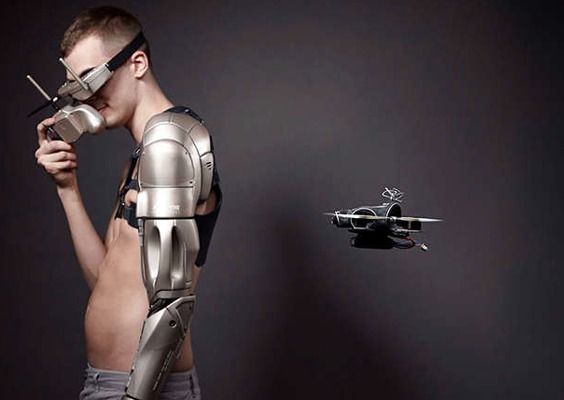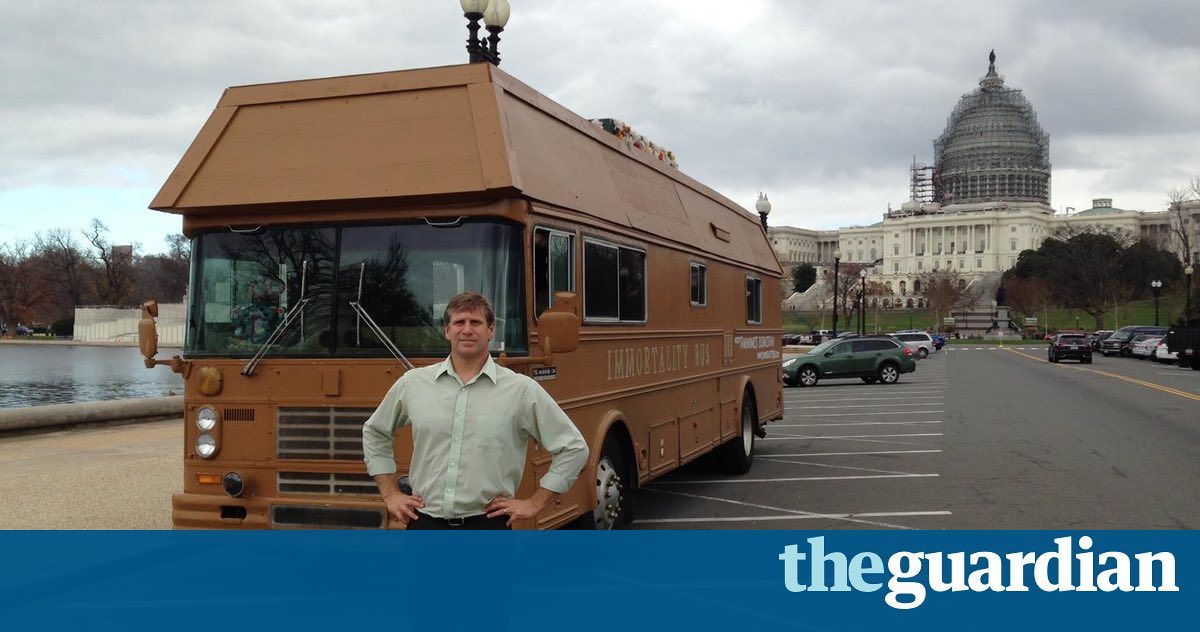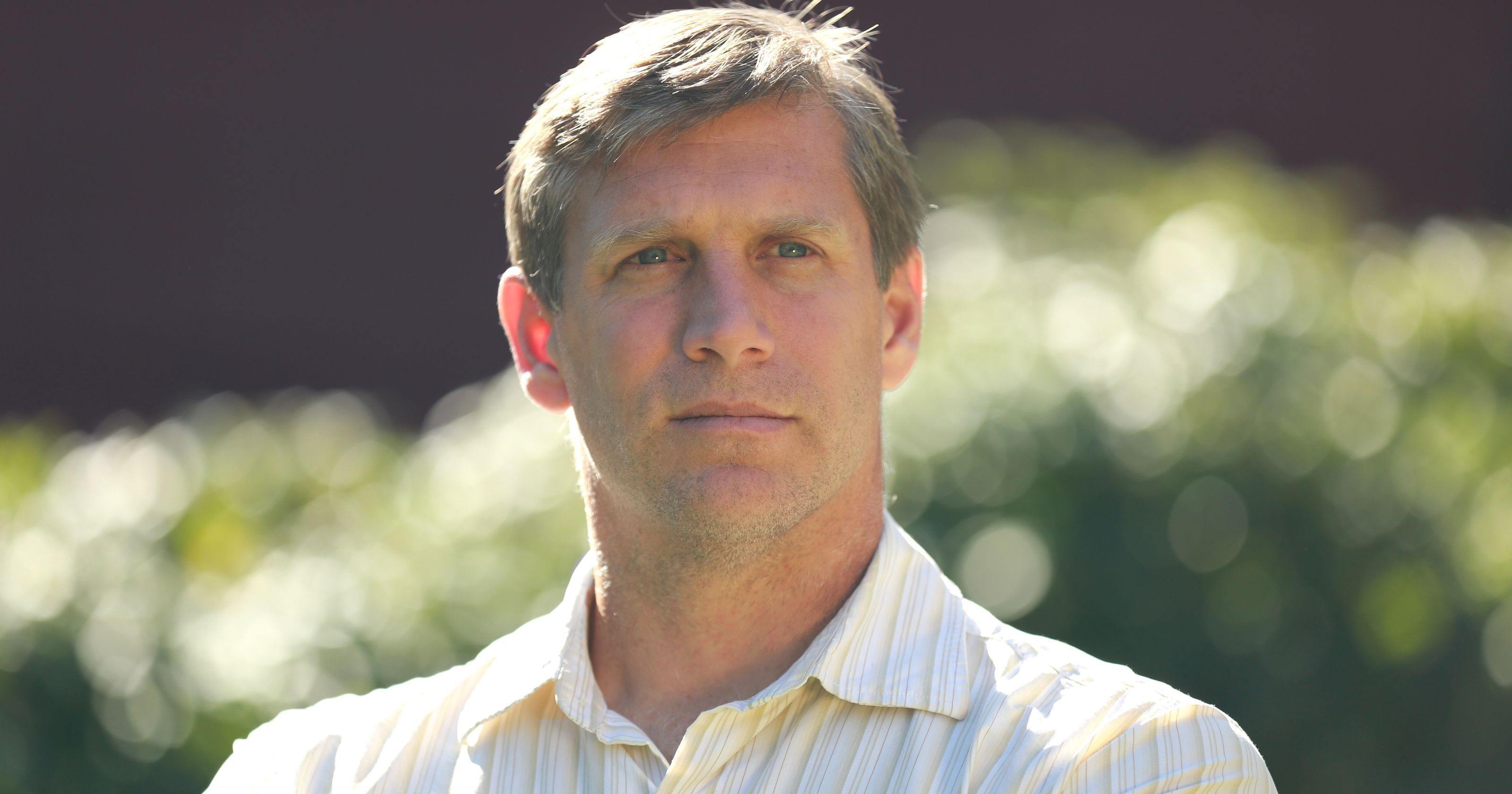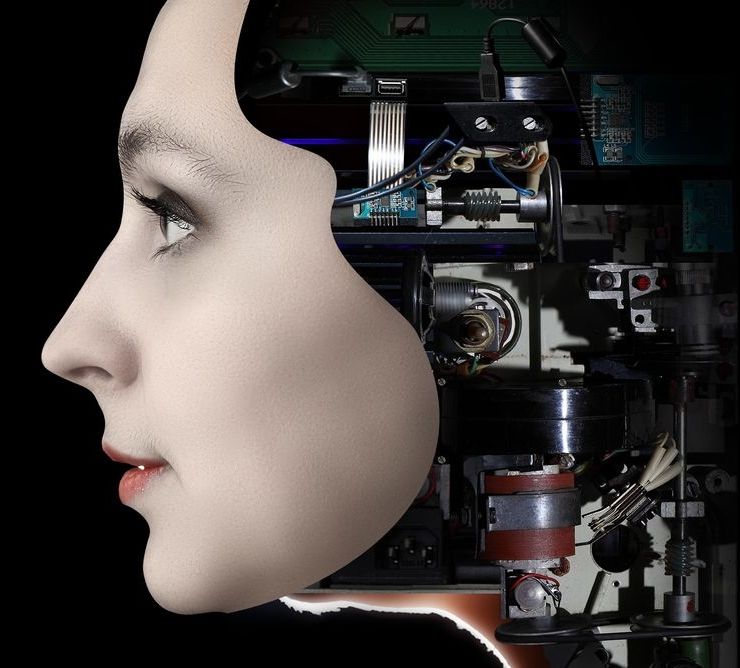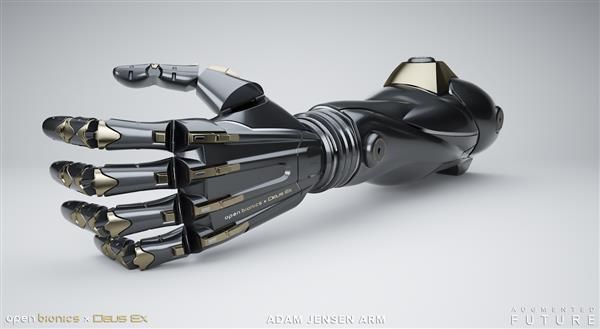Fun video and article with some transhumanism now on the main China Public TV (English).
We’ve heard a lot about Augmented and Virtual Reality. But outside of gaming, is it practical in the workplace? That’s a key focus at this year’s Augmented World Expo in Silicon Valley.
At the Augmented World Expo, it’s goggles, goggles and more goggles.
Companies like Vuforia are out to prove augmented reality is not just fun and games. Their software allows a service technician to more quickly repair almost anything.
“If you’ve ever struggled with something that looks like a diagram, something 3-dimensinal maybe an instruction manual, an automotive manual where you are trying to go through different steps. All of those diagrams come off the paper and can be over your eyes and in your hands using AR,” Jay Wright, president of Vuforia, said.
